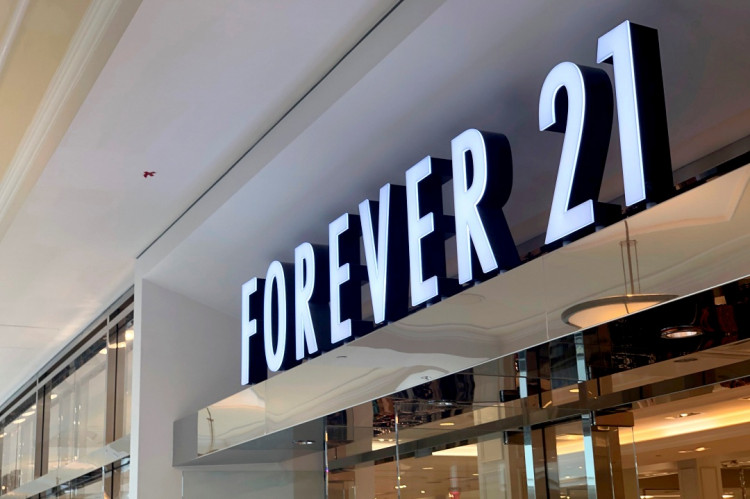After months of speculation and failed attempts to turn its finances around, fast-fashion retailer Forever 21 is finally throwing in the towel. The retailer has reportedly filed for bankruptcy and revealed plans to close down more than 350 of its stores in over 40 countries.
The retailer, which mainly sells low-priced trendy pieces of clothing, is the latest retail giant to fall as brick-and-mortar businesses struggle to compete against online shopping and rapidly evolving consumer demand. The 35-year old establishment announced that it will be closing half of its stores in the United States as well as a number of its stores in Asia, Canada, and Europe.
Forever 21 executive vice president Linda Chang mentioned in a statement that the bankruptcy filing was a necessary step to ensure the survival of the company. The filing will apparently give the company the change to reorganize its business model and to reposition itself in the market.
According to the company's bankruptcy filing, Forever 21 has a standing debt of close to $10 billion to more than 100,000 creditors. Some of the company's biggest debts are owed to firms such as FedEx, Simon Property Group, and Brookfield Properties.
The retail company was originally founded by immigrant husband and wife team Do Won Chang and Jin Sook Chang in Los Angeles in 1984. The couple opened its first real store around three years later, focusing more on providing cheap and fashionable clothing sourced from wholesale closeouts. During its first year of operations, the company raked in around $700,000 in sales. During its peak in 2015, Forever 21 saw revenues well above $4 billion.
Forever 21's expansion was rapid and drastic, with the company opening stores simultaneously in dozens of countries. The retailer also opened large stores, with an average area of 38,000 square feet. The rapid expansion came at an inopportune time as online shopping sites such as Amazon began to become more popular destinations for shoppers.
Some of its competitors, such as Zara and H&M, were quick to adapt to the rise of e-commerce. Zara for one changed its image to a more high-end destination, commanding higher prices of its products in order to cover rising costs. Other companies invested heavily in increasing their online presence to take advantage of the e-commerce boom.
By 2018, Forever 21 struggled to increase its e-commerce sales and the rising costs of its gigantic stores were weighing heavily on its bottom line. In its bankruptcy filing, the company revealed that it has received $350 million for its restructuring.
According to a news release, the company plans to use the money to "resize" its stores and to finance its attempt to return its business back to the basics that allowed it to become successful in the first place.






